Dental implants are artificial tooth roots made of titanium that are surgically placed into the jawbone to replace missing teeth. A dental implant is fused to the bone, providing a strong foundation for fixed or removable replacement teeth that look, feel, and function like natural teeth. In this comprehensive guide, we will explore what dental implants look like at every stage – from the parts that make up an implant to the step-by-step procedure to the completed restoration.
The Parts of a Dental Implant
A dental implant has three main parts that work together to create a natural-looking artificial tooth:
The Implant Fixture
This is the titanium screw that is surgically inserted into the jawbone and fuses with the bone during healing through a process called osseointegration. The implant fixture acts as the root of the new artificial tooth. It is cylindrical or slightly tapered in shape, 3-6 millimeters in diameter, and 8-16 millimeters in length depending on the implant site. The surface is threaded or treated to promote bonding with the bone.
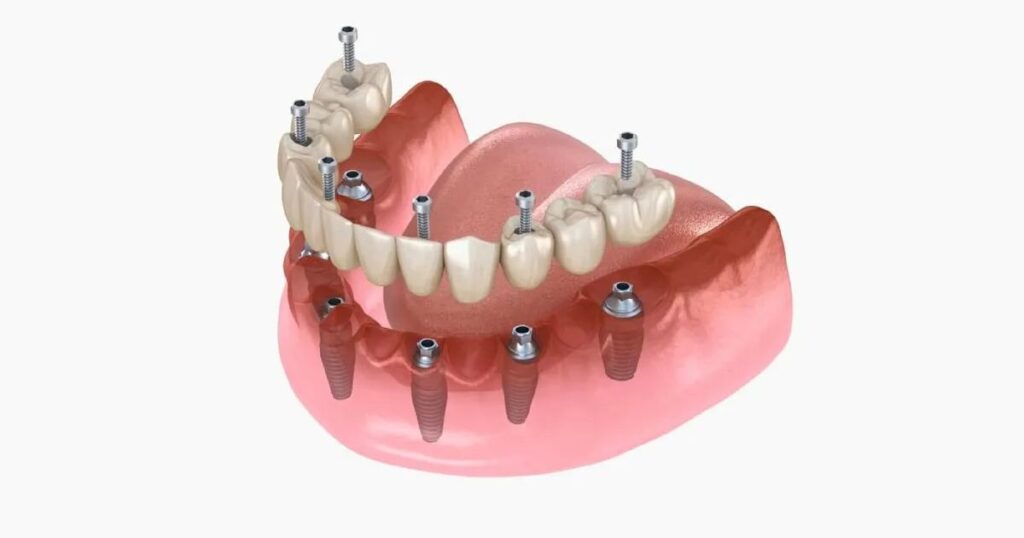
The Abutment
The abutment is the connector component that is placed on top of the implant fixture to hold and support the new artificial tooth. It is usually made of titanium or ceramic and connects the implant to the dental crown. The abutment emerges from the gumline and acts like the visible portion of the tooth root. It is custom-made and shaped depending on the specific artificial tooth being placed.
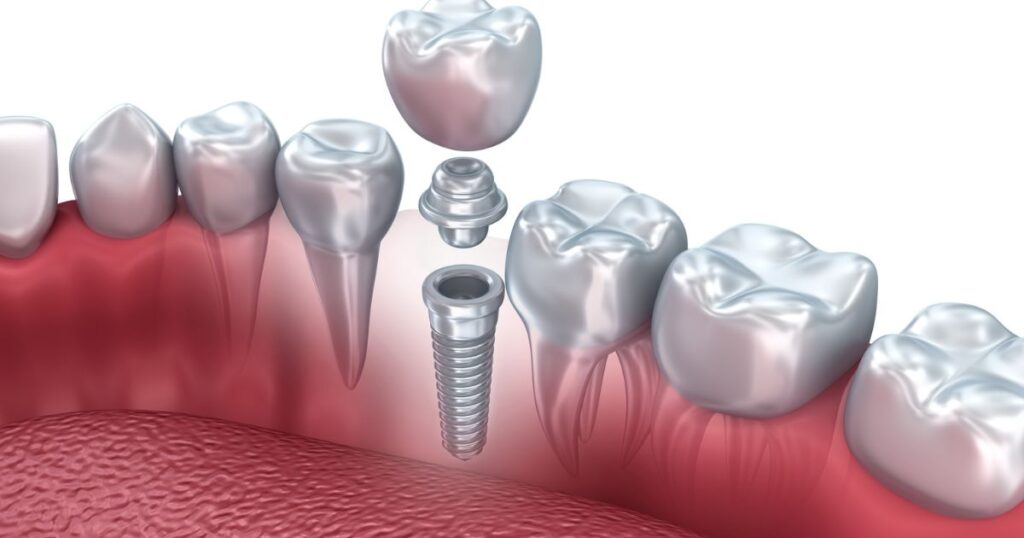
The Dental Crown
This is the visible, artificial tooth portion that is attached to the abutment to complete the dental implant restoration. The custom-made crown is designed to precisely fit the implant abutment and match the shape, size, and color of the original natural tooth. Dental crown materials include ceramic, porcelain fused to metal, or acrylic resin. The lifelike dental implant crown mimics the appearance and function of a real tooth.
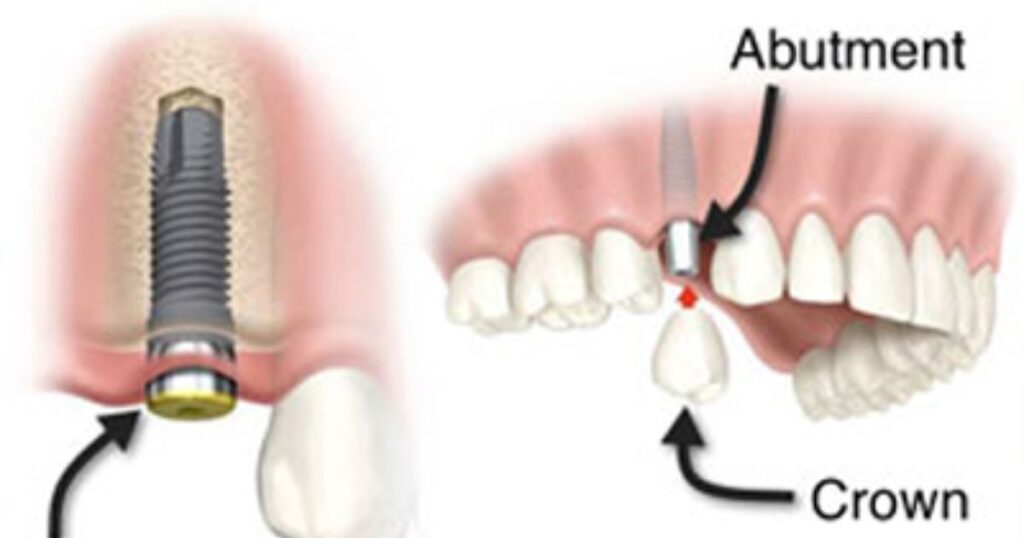
The Dental Implant Procedure Step-by-Step
Placing dental implants is typically an outpatient procedure performed in stages under local anesthesia. Here is what the step-by-step process looks like:
Initial Consultation
The dentist will assess the health of your jawbone, remaining teeth, and surrounding structures using x-rays, CT scans, and impressions of your teeth. This allows them to determine if implants are suitable for you and develop a customized treatment plan.
Implant Placement Surgery
During this minor surgery, the dentist makes small incisions in the gums and precisely drills holes into the jawbone at the implant sites. The titanium implant fixtures are placed into these holes and the gums are stitched closed over them.
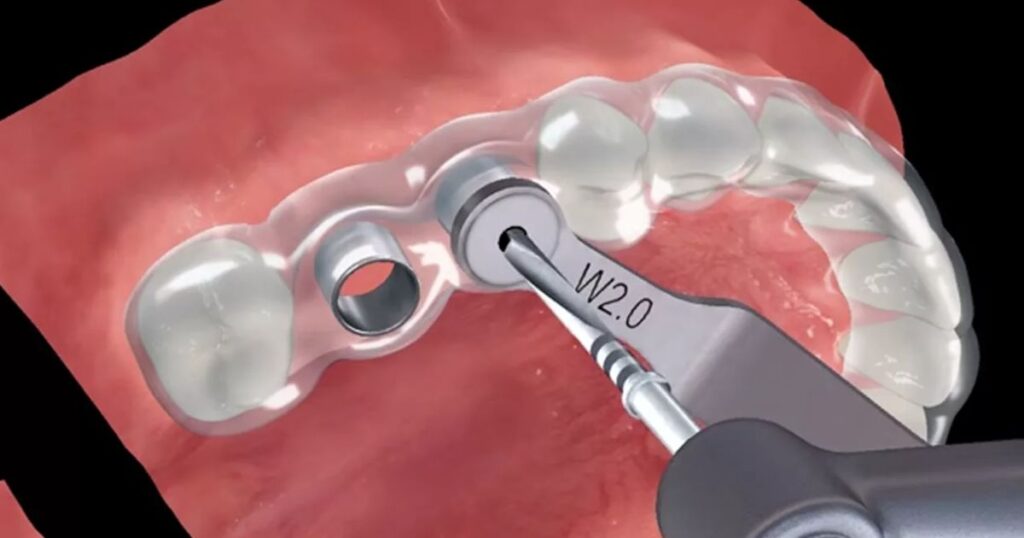
Healing and Osseointegration
The implants fuse to the jawbone through osseointegration over a healing period of 4-6 months. The gums are allowed to fully heal around the implant fixtures during this time.
Abutment and Crown Attachment
Once healed, the dentist makes a small incision to expose the end of the implants. Custom abutments are attached to the implants and extend above the gumline. After this, impressions are taken and realistic-looking artificial crowns are made to attach over the abutments.
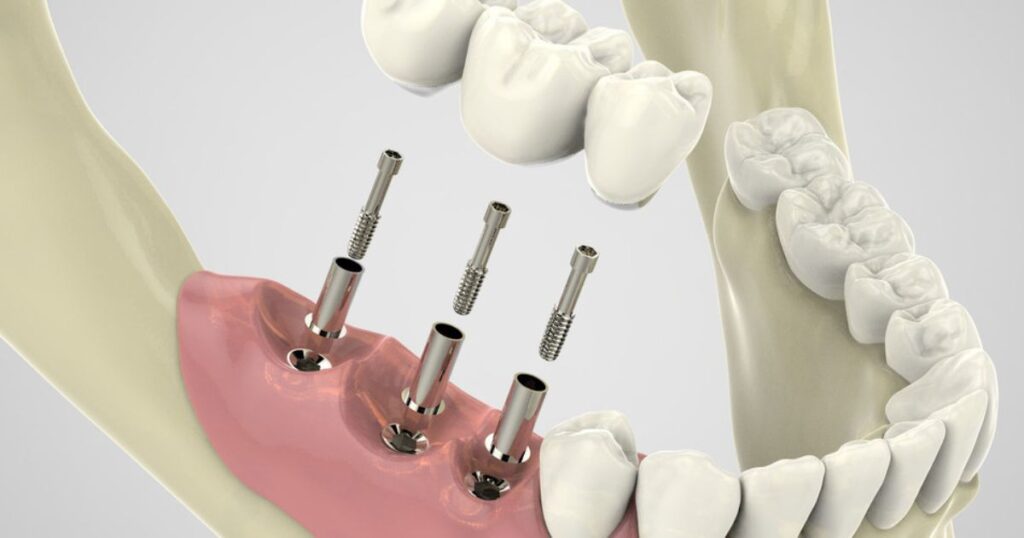
Types of Dental Implants
There are three main types of dental implants which have slightly different appearances:
Endosteal Implants
The most common type placed directly in the jawbone. The tapered or cylindrical implant fixture is topped with an abutment and crown.
Subperiosteal Implants
These lie on top of the jaw with the metal framework protruding above the bone to hold the artificial teeth. They are used for patients with minimal bone height.
Zygomatic Implants
Longer implants anchored in the cheekbone. The head of these angled implants protrudes from the maxillary bone to support bridgework.
The experienced dentist will determine the most appropriate implant type for your specific case.
What Dental Implants Look Like When Complete
Once the new artificial crown is secured to the abutment, the dental implant restoration looks remarkably similar to a healthy natural tooth. The crown is custom-made to precisely match the color, shape and size of the original tooth for a seamless appearance. Borders between teeth mimic natural contours and follow the gingival margin of the gumline. Also read about Affordable Denture Implants.
You are able to eat, speak and smile with confidence knowing the dental implants will feel and function just like your own teeth. Others will not be able to distinguish your lifelike dental implant tooth replacements from your natural dentition.
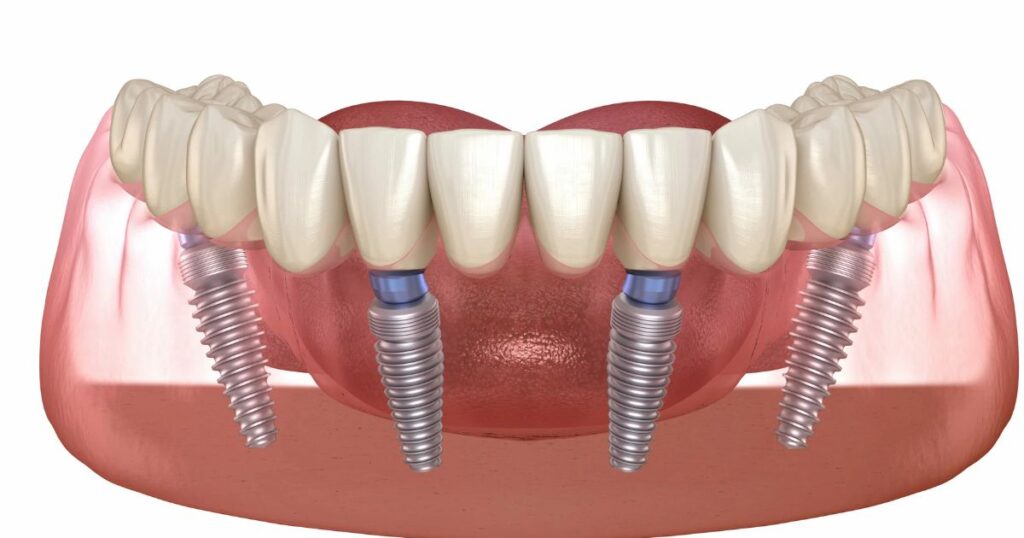
In summary, dental implants closely resemble the look, feel and function of real teeth once the artificial crowns are placed. During the implant procedure, you will gradually see the transition from an empty space to a realistic prosthetic tooth fixed securely in your jaw. With proper oral hygiene and care, your implants can last decades and become a stable part of your smile.
FAQ’s
Do dental implants look like real teeth?
Yes, dental implants are designed to look just like natural teeth. Custom crowns are made to precisely match the color, shape, and size of the original tooth that is missing. This results in a seamless, realistic appearance once the implant restoration is complete.
How long does a dental implant last?
With proper care, dental implants can last for decades, even a lifetime. The success rate of implants exceeding over 95% if the patient maintains good oral hygiene and gets regular dental checkups. Implants integrate with the jawbone, so they are very stable and durable if cared for properly.
Is it painful to have dental implants put in?
Having dental implants placed does not generally involve significant pain. The implant fixture is surgically inserted into the jawbone under local anesthesia, so you should not feel pain during the procedure. Some mild soreness, swelling, or discomfort may occur afterwards as the site heals, but this can be managed with over-the-counter pain medication. With today’s advanced techniques, dental implant surgery is minimally invasive.
Conclusion
Dental implants provide an effective and long-lasting solution for missing teeth. During the implant process, an artificial titanium root is fused to the jawbone and topped with a custom-made crown designed to look indistinguishable from your natural teeth. Though the underlying implant may have a slightly different appearance, once the visible crown is attached the completed restoration has a remarkably natural look and feel. With proper oral care and maintenance, dental implants can last for many years without anyone detecting a difference from your original teeth. Implants restore your smile and allow you to eat, speak, and function as you did before tooth loss. If you are experiencing problems with missing teeth, consult a dental implant specialist to see if this treatment option is right for you.











